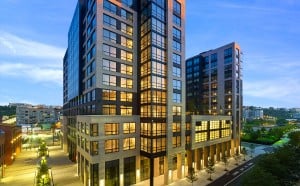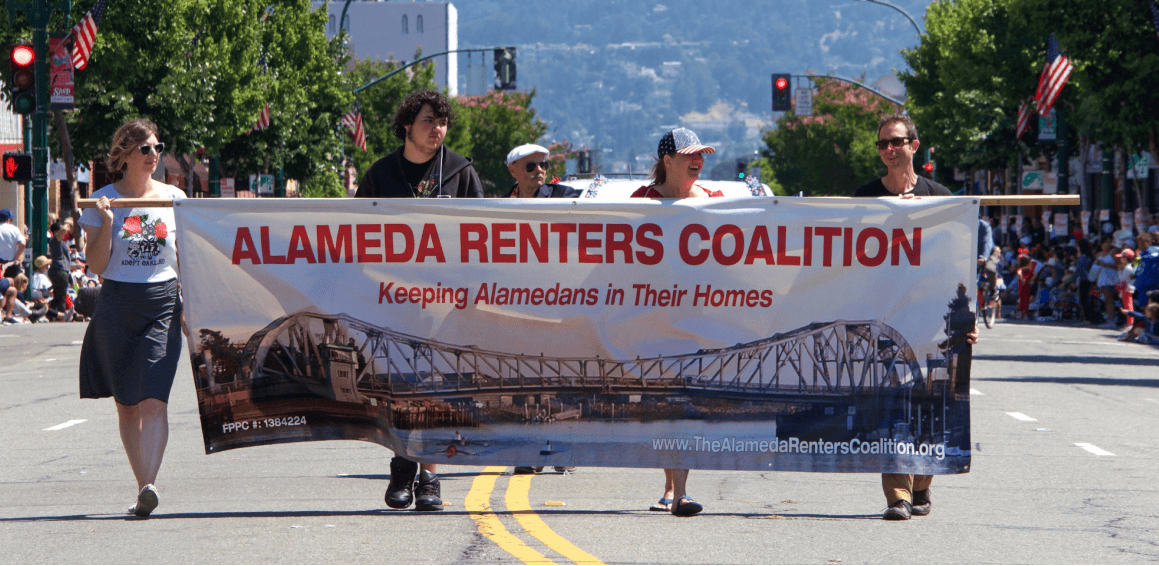Next Big Bet for Apartment Rentals: Mexico City

Greystar, the largest apartment manager in the U.S., has about 3,000 apartments under development or planned in Mexico City. Two former Greystar executives also launched a private-equity firm, Hasta Capital, in October focused on building multifamily homes in Mexico.
Other investors said they also are looking at the market.
“I think that’s going to be a product that is going to explode in Mexico, Chile and throughout the region.…The demand is huge,” said Randall Loker, chief investment officer at Paladin Realty, an institutional fund manager specializing in Latin American real estate. The company is looking at ways to begin developing rental properties in Mexico City.
Investors are betting on a swelling population of young, middle-class professionals moving back to urban areas—not unlike the factors that have driven explosive growth in the U.S. apartment market in recent years.
But unlike most major U.S. cities, Mexico City has almost no history of purpose-built rental apartments. Typically, to find a rental apartment in the area tenants would have to rent a condo or home from a small-time owner. The process was often opaque and unreliable.
“People were renting apartments, but they were renting from the dysfunctional screwed up marketplace of renting from condo owners,” said Bob Faith, founder and chief executive of Greystar. With a professionally managed apartment, he said, “you can rent here as long as you want, you’re not going to get kicked out, you can look at an apartment and rent it today.”
Mark Hafner, CEO of Hasta, said tenants often would go look at a bunch of different places that didn’t match the pictures or physically walk the streets looking for for-rent signs. Tenants, he said, typically have to post a piece of property as collateral, so they would have to find a relative willing to volunteer their home.
Mexico City officials have said they want to build 60,000 units a year, Seth Martin, president of Pritzker Realty Group, told attendees at the National Multifamily Housing Council annual meeting in February 2015, according to a report on the trade group’s website.
Historically, Mexico City has strong antieviction protections and rent control that made it difficult to build apartments profitably and to obtain financing for them. But the legal restrictions are loosening, encouraging development.
“They are peeling away the incredible protections that renters had from eviction and beginning to create a whole environment that is much more conducive to transparency,” said Doug Bibby, president of the National Multifamily Housing Council.
Mexico City has a few thousand professionally managed apartment units compared with 500,000 in Houston, a city one-quarter its size, according to Mr. Hafner.
Interest in rental apartments also is growing because Mexico City’s housing culture is changing. Renting hasn’t historically been a popular option partly due to the lack of a supply.
But people are becoming more amenable to it. In 2010, about 21% of the population of Mexico City rented. But that number rose to about 24% in 2015, according to Mr. Hafner. In contrast, about 66% of the population rented in New York City in 2014, according to New York University’s Furman Center.
Greystar first entered the market by managing seven buildings for Prudential Real Estate Investors, now PGIM Real Estate. Greystar has now raised $350 million to invest in developing new buildings in Mexico City.
Mr. Faith said they would look much like apartments in major U.S. centers, with a large leasing office, roof decks, gyms and full-time maintenance staff. Construction permitting is more challenging and takes longer than it does in U.S. cities, he said.
Mr. Hafner, who spent 12 years at Greystar and led its expansion into Latin America, said his company is planning to build more than 1,000 units a year in Mexico City.
“There’s just a huge depth of demand there. You could develop everything you could” and it still wouldn’t be enough, he said.
He estimated that rents for a one-bedroom in a desirable neighborhood range anywhere from $1,000 to $1,500. The average U.S. apartment rent is around $1,300 a month, according to Axiometrics.
Source: wsj.com















 Accessibility
Accessibility